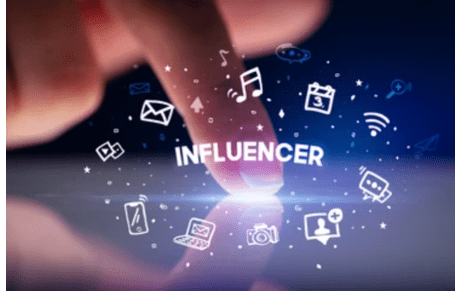A social media influencer is someone who creates content based on their niche in various…
Taylor Swift and Her “Love Story” With IPR
“Music is art, and art is important and rare. Important, rare things are valuable. Valuable things should be paid for.” – Taylor Alison Swift
The Big Move
On 12th February 2021, Taylor Swift re-released one of her most famous songs “Love Story” the reason being as Swift told Good Morning America last August was, “My contract says that starting November 2020 … I can record albums one through five all over again.”
The re-recording is happening because Swift’s entire Big Machine Label Group catalog was sold without her knowledge to music manager Scooter Braun in 2019. Braun purchased Swift’s old record label, Big Machine Label Group, as part of a US$300 million deal. The sale resulted in Braun acquiring Swift’s catalog of master recordings for six albums, which reportedly accounts for 30% of the company’s market share. In standard recording contracts, like Swift’s contract the record label profits by offering young artists the means to “finance, produce, and sell their creations,” in exchange for the master recording.
A master recording is the original recording of a piece of music. All copies are made from this recording. Traditionally, musicians sign a record deal with a label that allows the record company to own the rights to their master recordings. The artist receives a cash advance to record the album and receive royalties after it has been released. The artist may also receive a percentage in royalties but there is a catch the owner of the recordings gets paid first and often the percentage of royalties is nominal.
Swift thus, made a move now that she was in a position of power; She left Big Machine Group in 2018 for Universal Music Group (‘UMG’). This contract made sure that Swift owned the rights to all her master recordings from thereon. It also stipulated that all UMG artists would receive a cut of proceeds from any sales of UMG’s shares in Spotify on a non-recoupable basis. It also allowed her to maintain control over certain types of commercial exploitation of her master recordings as the artist of the underlying composition.
But that doesn’t mean that before this incident Swift was not aware of her IP Rights; For example, in June 2015 Apple had planned to begin a new music streaming service; during a three-month trial period, Apple intended to offer subscribers the service for free by not paying any royalties. Enraged, Swift wrote Apple a letter, telling them they could not use her “1989” album, and asking Apple to pay for the music is intended to stream. After all, she pointed out, artists don’t ask Apple for free iPhones.
IPR and Branding
It is reasonable that Swift would want to protect her brand. The most basic justification comes from John Locke’s “labor theory” of property. Under this theory, if a party creates something “valuable, then such party should have the right to exploit that value by excluding others from using it.” What artists like Swift understand is that their product isn’t a song or a record, or even their entire catalog over the sweep of their careers. What they sell instead is themselves as a brand, a truly scarce product that nobody can reproduce.
A substantial portion of Swift’s accomplishments rests on her success in branding and commercializing love in a way that continues to captivate her listeners. Swift operates as the object of attention and the “hand that moves from within” that object: both puppet and puppeteer. She uses social media to create her band, to market her music, and even to fight against online music streaming.
A Conglomerate
Swift has also been amassing a vast IP portfolio. Most musicians are familiar with copyright law. However, few have mastered the art of building a robust trademark portfolio, as Swift has. While copyright law is important, it does not guard retailers against taking catchy lyrics and profiting off of them.
According to Professor R. Polk Wagner of the University of Pennsylvania Carey Law School, Swift’s positioning of herself to have her lyrics associated with a range of goods and services through trademark applications represents Swift’s understanding that “she’s bigger than the music”: “it’s more of a branding right, thinking of Taylor Swift as a conglomerate.”Swift is really no different than McDonald’s save for the fact that her ads tend to be more pleasant than those of traditional advertisers.
By seeing the big picture, Taylor Swift understands the need to protect her brand, image, and reputation. In doing so, she has developed a successful trademark strategy that allows her to capitalize on her fame using income sources that some artists leave virtually untapped. By having a robust IP portfolio, she has more control over her name and brand than most artists. Overall, Taylor Swift’s vast intellectual property portfolio has helped her remain on top of the music world.
Author: Sonal Lalwani, a B.A. LL.B. (Hons.) of National Law University (Jodhpur), an intern at IIPRD. In case of any queries please contact/write back to us at [email protected].



